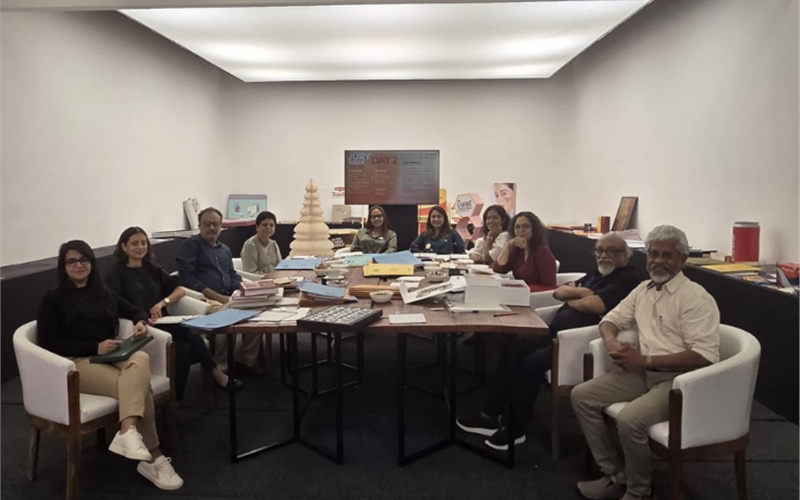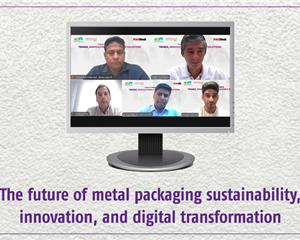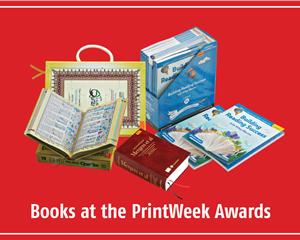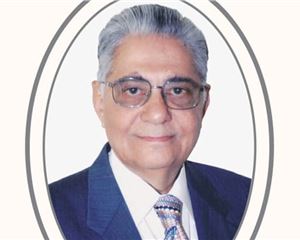Jury Week Day Two: A world of possibilities in digital printing
The focus of the day was on digital printing, pre-media, photo digital albums, fine art printing, and the innovative packaging converter of the year. From fine art reproductions to wedding albums, the jury praised the creativity, binding quality and innovative use of substrates that defined this year’s submissions.
10 Sep 2025 | By PrintWeek India
Day Two of PrintWeek Awards Jury Week drew to an end, bringing together heavyweights from packaging and design companies to judge 47 entries across seven categories. This was the day for digital to shine.
The jury was fascinated by the entries, what different substrates could achieve, and how it is becoming increasingly clear that access to technology is no longer a restriction. Instead, what stands out is what you do with the technology. Pops (KV Sridhar) from Nihilent neatly summarised it, saying, “There is a huge difference in the way printing is done today compared to a decade ago. Quantity does not matter; only quality does. The diversity of work with one technology is astounding.”
.png)
A running talking point among the jurors was the heights digital printing technology has reached. “It is no longer a technology that’s just used for mock-ups, it has become the method itself,” said Mayuri Nikumbh from Conran Design Group. Kinnari Gala from All About Packaging agreed that the output of digital printing is now as good as the output in traditional printing.
Ashwini Deshpande from Elephant Design said that “lot more being done is fascinating to see what they are experimenting with various substrates.” In the Fine Art printing category, Saffron Art’s Tayeb Mehta sample caught everyone’s eye for its ability to reproduce a gamut of colours in screen printing despite undergoing multiple rounds of proofing and adjustments. Nikumbh also added that the degree of detail and technique was clearly visible.
.png)
A number of wedding invitations and wedding albums made it to the jury favourites for their classy, minimalist design combined with creative embellishments, intricate laser-cut frames, and metallic elements such as gold foiling.
Deepthi Kshirsagar from TCT Strategic Branding said, “We must know how to use digital to our benefit.” Jayshree Joshi from Goethe Institute added, “The knowledge of print processes should be passed down to each individual holding that book or a sample. Industry-talk has been missing and awareness needs to be made.”
The jury looked at the samples with a keen eye, even considering how context, environment, and interaction with food play an important role. For example, Pops noted how the creasing and binding of a menu can help when planning a menu for a bar. Vinita Bhatia of Campaign India also pointed out how a certain menu card with gold foil helps bring out the design in a much better way in a dimly lit bar. These, the jurors agreed, are examples of intelligent design and clever use of foiling techniques.
.png)
The jury had fruitful conversations and concluded that digital printing has moved beyond being a complementary process to becoming the core method of production. They agreed that its strength lies not just in short runs but in the ability to deliver creativity, consistency, and innovation at scale.
The PrintWeek Awards are co-presented by: Bindwel, Canon, Heidelberg, NBG, Pidilite Industrial Adhesives, Sigloch. The associate partners are Bobst, Siegwerk, Super Bond Adhesives. Ink partner: DIC. ERP partner: Indas Analytics. Print partner: Kala Jyothi. Automation partner: Pratham Technologies. Embellishment partner: Kurz. Paper partner: Sona Signature Papers. Citation partner: TechNova. Security print partners: Rotatek, Vinsak.












 See All
See All